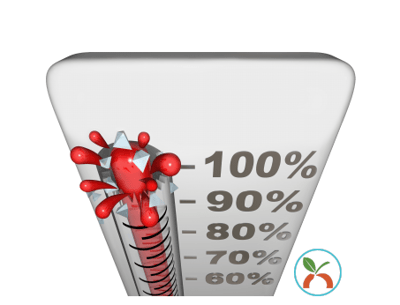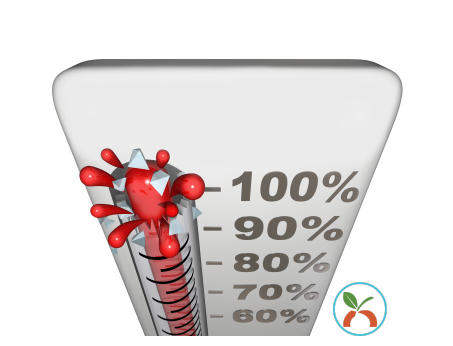A health risk assessment (HRA) is an excellent tool to provide your population because it helps direct your wellness offerings, such as health plan benefits like vision coverage or nutrition counseling, and office wellness perks such as meditation classes or discounted gym memberships. It also helps individuals identify future health risk and manage their current health status. But in some cases, getting them on board to complete an HRA can be challenging.

Maybe they already know they aren’t in the best of health and don’t want it “rubbed in.” Or they could be hesitant about sharing such personal information with their employer. It’s also possible that they just have a lot of other things on their plate and the HRA isn’t registering as “important” at the moment.
Whatever the case may be, we’ve got some suggestions on how to help encourage your population to complete their HRAs and be on their way to a healthier life.
1. Lead by Example
It’s really hard to ask a group of people to do something and not be able to point to any examples of anyone else who’s already done it. That’s why one of the best ways to get any group of people to do … well, almost anything… is to have people ready to lead by example.
If there’s an influencer in your population who has already completed the HRA and made some changes, ask if they’d be willing to become the poster-child for the program. This could be a community leader or a respected co-worker. In employer groups, encouraging executives and managers to complete their HRAs and promote the cause shows the rest of the staff that it’s an initiative that’s supported at the very top.
2. Show Them the Benefits
In addition to showing that others are completing their HRAs (and hopefully having a couple of success stories to share), you should also provide a list of benefits that could be specific to their situation. For those people who think they’re going to be taking time out of their already jam-packed day to answer a bunch of questions “for no reason,” you’re going to have a really hard time selling it to them.
However, showing people who might be slow to take an HRA the types of resources that are available or will be provided based on their results may help them be more apt to dive in. Someone who already knows they’re probably going to score as at-risk for stress-related or mental health issues, for example, may be intrigued to know that there are resources available that can help them manage their time, learn how to meditate, participate in lunch hour yoga at office complex gym, et cetera.
Partnering with other organizations – such as gyms or nutritionists – that provide a discount based on completing the HRA could spur them forward.
3. Provide Reassurance
Some individuals may have concerns about what will happen with their information, who will have access to it, or if there will be any ramifications for “negative” answers. Someone who is living a less-than-healthy lifestyle or who has undisclosed health issues may not be enthusiastic about reporting that information, thinking that their boss could see it.
Consider an individual who hasn’t disclosed their anxiety or substance use disorder (whether or not they’re seeking treatment for it). They may be, understandably, very protective of their privacy. For this reason, it’s important to build an environment of trust within your population. Individuals should know who will have access to their information, whether it will be anonymous, and that it will be used to provide assistance if they want it.
Most importantly, all individuals should be reassured that the HRA administrator – whether it’s an insurance company, wellness provider, or employer – is aware that discrimination due to information gathered via an HRA or wellness program is illegal. The purpose of HRAs and wellness programs is to provide assistance toward a healthier lifestyle not to get anyone in trouble.
4. Make It Worth Their Time
People are busy. Sometimes what's in front of them crowds out important tasks like learning about their health and what they can do to have a healthier future. Asking people to take the assessment during work time can help, since they're paid to answer a few questions. Incentives such as discounted insurance premiums, cash back, prize drawings can help make completion a higher priority.
Are you ready to get your population on the road to health? Download our whitepaper, Emerging Trends for Wellness Programs, and see what comes after the HRA.








